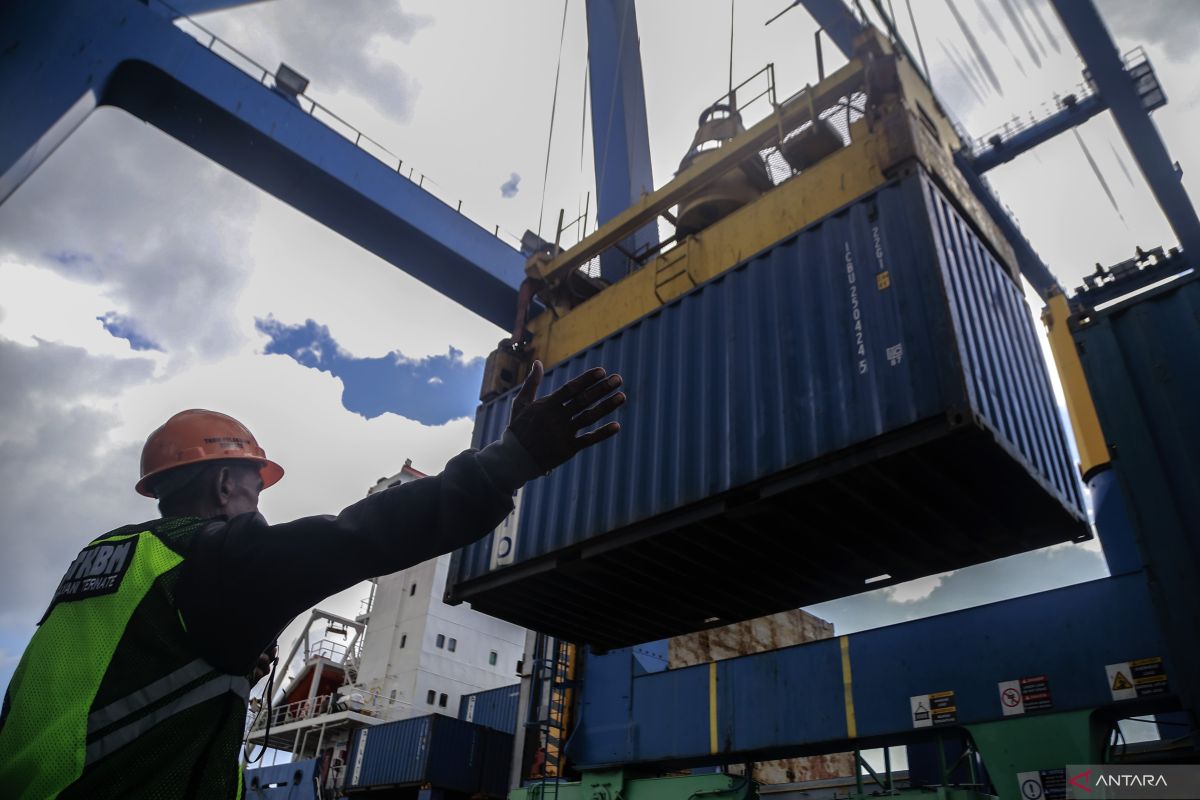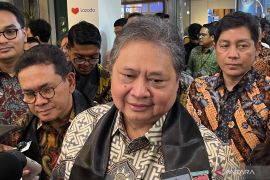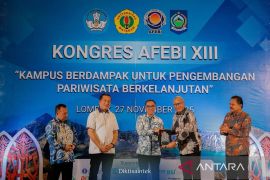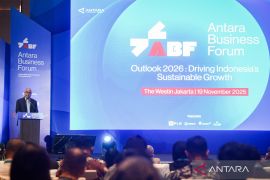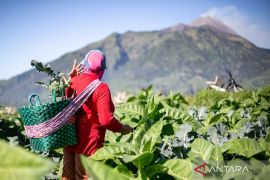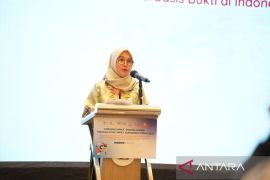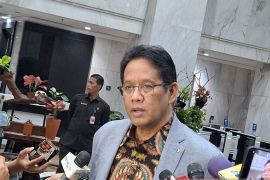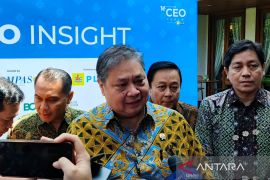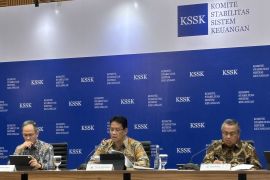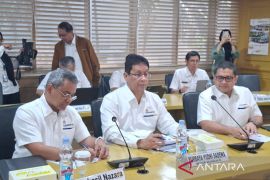Amid global uncertainties, he assessed that Indonesia's economic performance remains robust and outperforms that of many developed and developing countries.
"If we look at our GDP based on purchasing power parity, we have a GDP three times larger," Hartarto said in a statement issued on Thursday.
He added that, based on the index of consumption-driven purchases, Indonesia's economic value reaches US$4.8 trillion.
"This means that currently, we are the eighth-largest economy in the world,” he noted.
As a strategic step to boost the economy, Hartarto explained that Indonesia is exploring a free trade agreement (FTA) with the Gulf Cooperation Council (GCC).
The combined economy of the GCC nations—the UAE, Saudi Arabia, Bahrain, Kuwait, Oman, and Qatar—totals approximately US$2 trillion and serves a population of 50 million.
“Indonesia is negotiating an FTA with the GCC, which will create added value for our US$1.3 trillion economy and 280 million population,” Hartarto remarked.
Furthermore, achieving the 2025 economic growth target will serve as a crucial foundation for attaining a medium-term development goal of 8 percent.
He acknowledged that while the target is ambitious, it is not unattainable.
Historically, Indonesia achieved an average growth rate of 7.3 percent from 1986 to 1997, peaking at 8.2 percent in 1995 due to economic transformation in the manufacturing sector.
To meet the economic growth target, Hartarto stated that the government has prepared several policies.
To stimulate the economy in the first quarter of 2025, these policies include increasing the provincial minimum wage, optimizing social assistance distribution, and disbursing religious celebration allowances.
The government is also maximizing the free nutritious meals program, distributing people’s business credit, and boosting rice harvest realization.
Additionally, the government continues to advance the downstreaming program, which has proven effective in driving economic growth.
For instance, exports of downstream nickel products reached US$33.52 billion in 2023 and are projected to hit US$40 billion in 2024—an impressive increase of around 800 percent from US$4 billion in 2017.
"The government is encouraging downstreaming in multiple industries, including the automotive sector,” Hartarto remarked.
The downstreaming program is supported by the development of special economic zones (SEZs), which are also expected to boost regional economies, including in Gresik, East Java, where gold production is increasing.
The rise in domestic gold production will be supported by the launch of a bullion bank, which not only strengthens the mining industry but also acts as an economic buffer against global market fluctuations.
Furthermore, to increase foreign exchange reserves from exports, the government has introduced new regulations on foreign exchange earnings from natural resource exports.
Under this regulation, which takes effect on March 1, exporters must deposit 100 percent of their foreign exchange earnings from natural resource exports into domestic banks for a minimum of 12 months.
This policy is expected to add US$80 billion to Indonesia's foreign exchange reserves.
Related news: Indonesian govt's key programs to drive economic growth in 2025
Related news: Infrastructure development must affect economic growth: President
Translator: Bayu Saputra, Yashinta Difa
Editor: Anton Santoso
Copyright © ANTARA 2025
